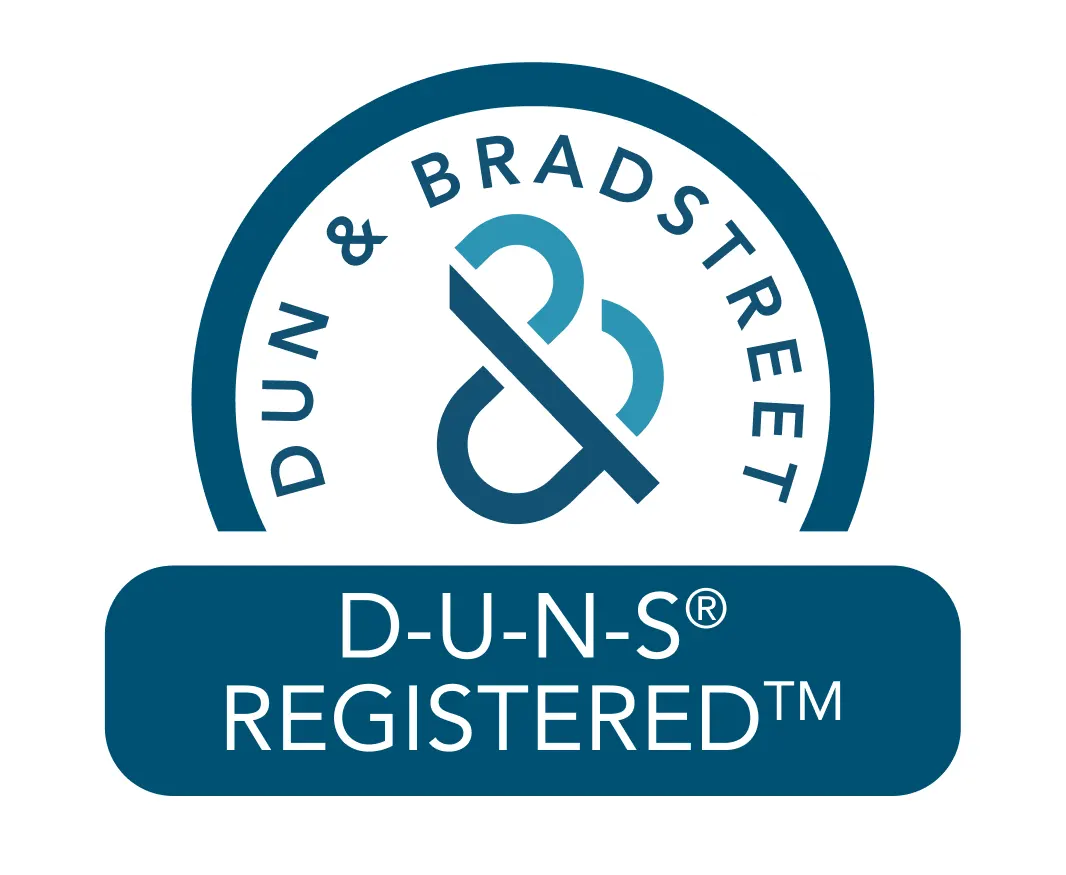Which should you use for your business?
The choice between Google Workspace and Microsoft Office 365 depends on several factors, including your company’s specific needs, preferences, and existing technology ecosystem. Here’s a comparison of both to help you make an informed decision:
Google Workspace (formerly G Suite):

Pros:
- Collaboration Tools: Google Workspace emphasizes real-time collaboration with tools like Google Docs, Sheets, Slides, and Google Drive.
- Simplicity: Its user-friendly interface and cloud-based nature make it easy for teams to collaborate and access files from anywhere.
- Integration: Google Workspace integrates well with other Google services, making it suitable for businesses that use Gmail and Google Apps.
- Cost-effective: It generally has lower pricing tiers compared to Office 365.
- Mobile and Web: Google Workspace apps work well on both mobile devices and web browsers.
Cons:
- Feature Set: While it offers a comprehensive set of features, some advanced features found in Office 365 might be missing.
- Offline Use: Offline access to documents and files can be limited compared to Office 365.
- Compatibility: Some businesses, especially those using complex Microsoft Office features, might face compatibility issues.
Microsoft Office 365:

Pros:
- Feature Rich: Office 365 offers a wide range of tools, including the familiar Microsoft Office suite (Word, Excel, PowerPoint) along with tools like SharePoint, Teams, and OneDrive.
- Integration: Ideal for businesses already using Microsoft products like Outlook, SharePoint, and Active Directory.
- Advanced Features: Offers more advanced features for larger organizations and businesses with complex needs.
- Offline Access: Allows for better offline access and synchronization of files.
- Compliance and Security: Provides robust compliance and security features.
Cons:
- Complexity: Office 365’s extensive features might require more training and onboarding for users.
- Cost: Depending on the features required, Office 365 plans can be more expensive than Google Workspace.
- Cloud Transition: Transitioning to cloud-based tools might require adjustments for companies used to traditional desktop software.
Which One Is Best:
There is no one-size-fits-all answer. Consider the following when making your decision:
- Company Needs: Assess your collaboration, communication, and productivity needs. Do you prioritize real-time collaboration or advanced features?
- Existing Ecosystem: Are you already invested in Google services or Microsoft products? This might influence your decision.
- User Familiarity: Consider the software your team is familiar with and whether switching would lead to a learning curve.
- Scalability: Consider whether the chosen platform can scale as your business grows.
- Budget: Compare the costs of the plans that match your needs.
In the final analysis, the optimal choice should closely align with your company’s objectives, preferences, and current technology environment. Aid IT strongly recommends Office 365 as the preferred solution for organizations, and our experts can assist you in making an informed decision. We encourage a thorough evaluation of both options and consultation with IT professionals to ensure the best fit for your needs.




